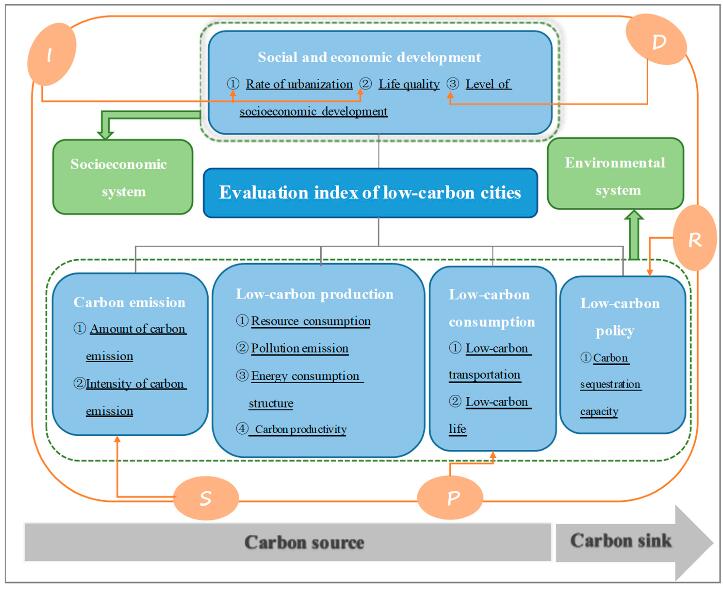

The construction of a reasonable evaluation index system for low-carbon cities is an important part of China’s green development strategy in urban areas. In this study, based on the theoretical framework for the concept of low-carbon cities, the perspectives from three index systems—that is, the Drivers, Pressures, State, Impact, Response model of intervention (DPSIR), a complex ecosystem, and a carbon source/sink process—were integrated to extract common indicators from existing evaluation index systems for low-carbon cities. Subsequently, a standardized evaluation index system for low-carbon cities that contained five indicators—carbon emission, low carbon production, low carbon consumption, low-carbon policy, and social economic development—was established. Thereafter, Xiamen was selected for an empirical analysis by determining the indicator weight with an entropy weight method and by carrying out a comprehensive evaluation using a linear summation model. The results showed that the weights of the five selected primary indicators for the evaluation of low-carbon cities were: low-carbon production > low-carbon consumption > social economic development > carbon emission > low-carbon policy. Among the secondary indicators, the average entropy weight of “pollution emission” was the highest at 0.1591, while the average entropy weight of “urbanization rate” was the lowest at 0.0360. Furthermore, the comprehensive index of low-carbon development in 2015 was higher than that in 2010, while the rate of economic growth was greater than the growth rate of carbon emission, which indicated that the relative decoupling of economic growth from carbon emission was basically achieved.

This is an open access article distributed under the Creative Commons Attribution License which permits unrestricted use, distribution, and reproduction in any medium, provided the original work is properly cited (CC BY 4.0).